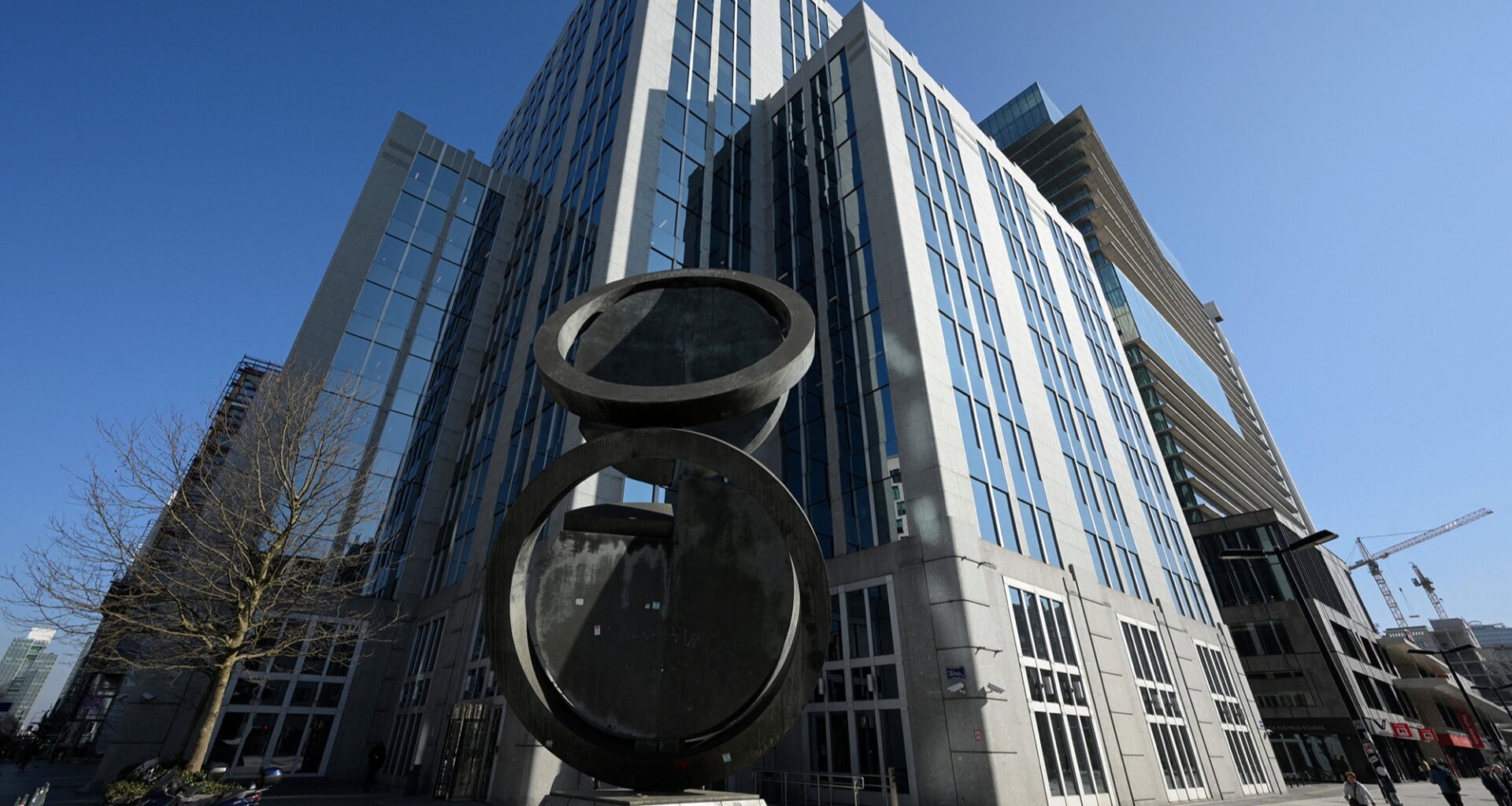Lower securities settlement fees are key to deliver the savings and investment union goals of better funding for European companies and higher economic growth in the Eurozone, a leading bank association has said.
European central securities depositories are significantly more expensive and complex than international peers according to a report from the Association for Financial Markets in Europe and the ValueExchange consultancy.
The study finds these high costs are undermining competition, investor returns and the attractiveness of the EU for issuers and investors at a time when the bloc is trying to become more competitive.
“It is striking to see from this study that larger CSDs processing high volumes are not necessarily cheaper. Instead, the current situation keeps costs high, erodes investor returns and makes Europe a less attractive place for both issuers and investors,” said Adam Farkas, chief executive of AFME.
Settlement fees in European CSDs are on average 65 per cent higher than in North America, reducing investor returns and raising the cost of capital for issuers.
In addition, larger CSDs do not pass efficiencies on to users and in fact some of the largest CSDs charge higher safekeeping and settlement fees than smaller peers.
AFME partially attributed the uncharacteristically high settlement fees for larger European CSDs to differences in legal, regulatory and operational environments.
“Some have suggested that European CSDs are more expensive because they cannot achieve the same economies of scale as a single-market system like the US [but] our study provides little evidence to support this and in fact, among the CSDs we analysed, the larger ones were often the most expensive,” Pete Tomlinson, Afme’s managing director of equities trading and post trade, told The Banker.
He added that simply concentrating settlement activity in a few CSDs is not a straightforward solution and market participants bear the overall costs of market fragmentation.
The European Commission is expected to share its savings and investment union legislative package on market integration and supervision in early December.

These are the crises forging the EU capital market
This follows the Commission’s consultation, which closed in April, on the integration of EU capital markets — exploring potential policy options across trading and post-trading related to the EU’s supervisory approach to capital markets.
The savings and investment union, formerly known as the capital markets union until a rebrand in March 2025, is seen as crucial to driving economic growth in Europe.
It featured prominently in former European Central Bank president Mario Draghi’s influential report published on boosting the continent’s competitiveness, published in September 2024.
On the report’s first-year anniversary he warned that the bloc’s economy was falling behind rivals due to “complacency”.
